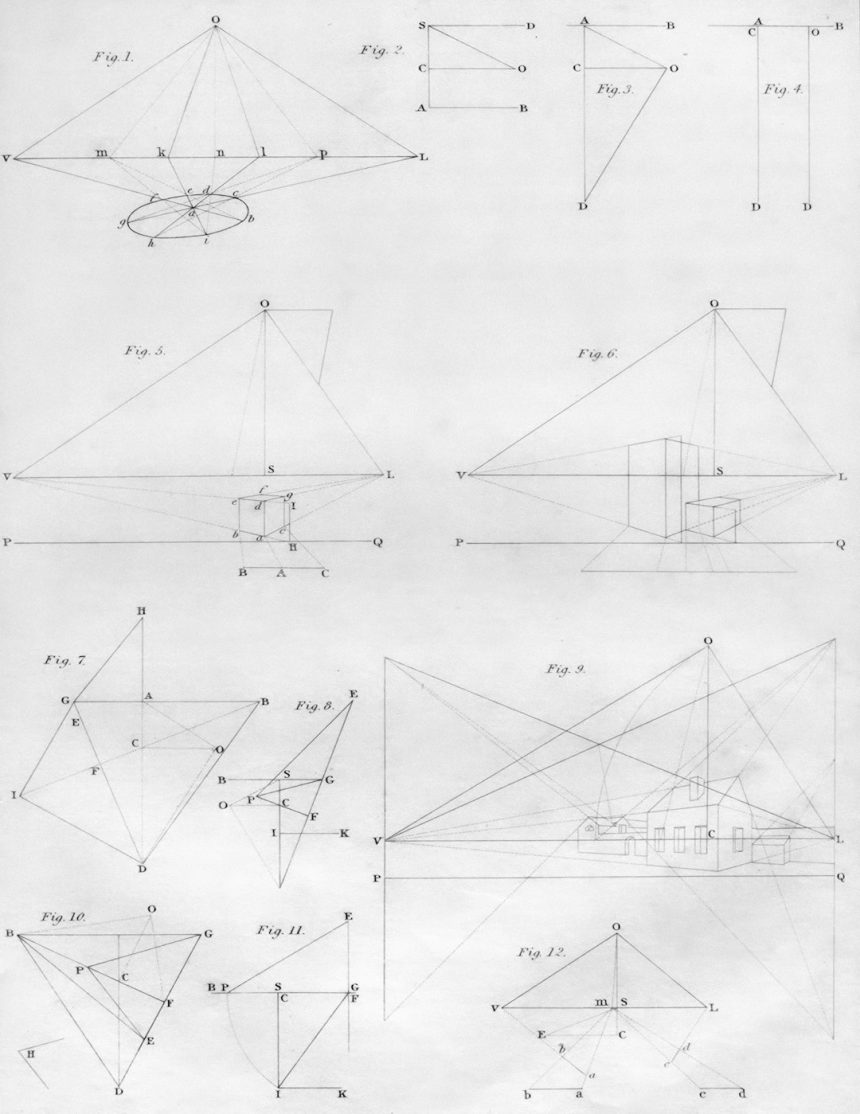As the adoption of language models accelerates across industries, one critical decision consistently emerges for data scientists, ML engineers, and business leaders alike: whether to leverage Retrieval-Augmented Generation (RAG) or traditional fine-tuning techniques to optimize model performance. Both approaches aim to enhance how large language models (LLMs) handle domain-specific tasks, yet each comes with unique strengths, weaknesses, and ideal applications. Making the right choice requires a deep understanding of your data, system architecture, cost constraints, and long-term scalability plans.
Understanding the Two Approaches
Retrieval-Augmented Generation (RAG)
RAG combines the strengths of information retrieval and text generation to answer questions or perform tasks. Here, the model is augmented by a knowledge base—or more specifically, a vector database—and retrieves relevant documents or data fragments before generating output.
Rather than depending on pre-encoded knowledge within the model’s weights, it retrieves up-to-date or domain-specific context at query time. This structure allows for more dynamic and modular knowledge management without having to frequently update or re-train the model.
Fine-Tuning
Fine-tuning involves updating the weights of a pre-trained language model using your own domain data. This process allows the model to internalize patterns, vocabulary, and context that are highly specific to a particular task or industry.
Fine-tuning is most impactful when repeated exposure to consistent, structured data is required, such as in legal documentation interpretation, financial analysis summaries, or medical note expansion.

Core Differences Between RAG and Fine-Tuning
The decision between RAG and fine-tuning depends on how each strategy fits your operational requirements. Below is a breakdown of key differences:
- Knowledge Updates: RAG enables real-time updates by simply modifying the retrieval database, while fine-tuning requires re-training to incorporate new data.
- Cost & Complexity: Fine-tuning often involves higher upfront and ongoing infrastructure costs. RAG usually requires maintaining an additional vector store but avoids frequent retraining expenses.
- Performance Stability: RAG offers more flexible generalization due to real-time data retrieval but may occasionally retrieve irrelevant or noisy data. Fine-tuned models tend to be more stable within the trained domain.
- Latency: RAG might introduce additional latency due to retrieval steps, while fine-tuned models respond faster during inference since no retrieval is required.
When Should You Use RAG?
RAG is particularly powerful when the model needs to remain tightly coupled with frequently changing data or large proprietary datasets. This includes situations where:
- You need consistent access to up-to-date information. For example, customer support systems that rely on ever-changing knowledge bases benefit significantly from RAG.
- You have a large corpus of documents or text that is too expensive to bake into the model via fine-tuning. By storing your knowledge in vector databases, you improve scalability and maintenance ease.
- Your use case involves transparency and traceability. Since RAG often returns the source documents used during generation, it improves auditability for regulated industries like healthcare and finance.
Another frequently cited use case is multilingual or domain-specific chatbots. RAG frameworks enable these bots to pull responses from knowledge bases that are customized for localization or niche information sets.

When Is Fine-Tuning the Right Choice?
Fine-tuning proves invaluable when the objective is to deeply encode domain knowledge into the underlying model. Its strengths shine when:
- You’re developing a domain-specific model that consistently handles specialized jargon or structured input formats.
- Model latency is critical. In high-performance environments like real-time analytics or embedded systems, the lower inference latency of fine-tuned models can make a big difference.
- You require tightly controlled outputs. Heavy prompt engineering sometimes falls short for specific or nuanced responses. Fine-tuning allows for more accurate behavior shaping.
A good example is the medical industry, where interpretations of patient notes or diagnostic hypotheses must adhere to both language specificity and consistency. In such cases, fine-tuning ensures the LLM becomes contextually intelligent in structured routine tasks.
Costs and Infrastructure Considerations
One of the major deciding factors between RAG and fine-tuning is the associated costs and operational complexity:
- RAG: Requires investment in vector databases (such as FAISS, Weaviate, or Pinecone), embedding generation capabilities, and fine-tuned retrieval pipelines. These systems must be continuously maintained to ensure accuracy and performance. However, RAG avoids repeated model retraining, making it more scalable in data-dynamic environments.
- Fine-Tuning: Demands GPU resources, versioning strategies, and significant effort in dataset curation and preprocessing. Continuous fine-tuning can escalate costs—not just financially but also in terms of technical debt. However, it may be more cost-efficient when serving millions of inferences on stable data.
Hybrid Models: The Best of Both Worlds?
In many advanced implementations, organizations are increasingly opting for hybrid strategies that combine the high response accuracy of fine-tuned models with the knowledge freshness offered by RAG. For example, a fine-tuned model could be used to interpret queries and intent, while the RAG component retrieves supporting documentation for deeper context.
This dual-stack system is especially valuable in compliance-heavy industries that require both stable reasoning and real-time referencing. It allows enterprises to adapt faster to change while maintaining consistent output quality.
Evaluation Metrics to Guide Your Decision
Choosing the right path isn’t just about architecture—it’s about impact. Here are some key evaluation metrics to focus on before finalizing your decision:
- Accuracy: Does one method consistently provide correct, robust answers for your use case?
- Scalability: Which solution performs better as data volume, number of users, or queries increases?
- Maintainability: How easily can the knowledge base or behavior be updated without replication errors?
- Latency: How important is response time within your application flow?
- Interpretability: Can you trace responses back to data sources (especially for regulated domains)?
Conclusion: Choose What Aligns With Your Needs
Neither RAG nor fine-tuning is inherently superior—they solve different problems. If your objective is up-to-date information retrieval and system scalability, RAG might be your best bet. If you’re prioritizing performance, latency, and specialized language handling on a stable dataset, fine-tuning could bring you better value.
Importantly, many organizations start with RAG experimentation to minimize costs and operational commitment. Over time, as product requirements mature, they introduce fine-tuning to finetune behavior and reinforce performance stability. The choice isn’t binary—it’s about strategic layering based on business needs and technical maturity.
Your data, your goals, and your resources will ultimately determine the smartest path forward. Evaluate wisely, test rapidly, and don’t be afraid to combine the best elements of both worlds to unlock next-level AI performance.


